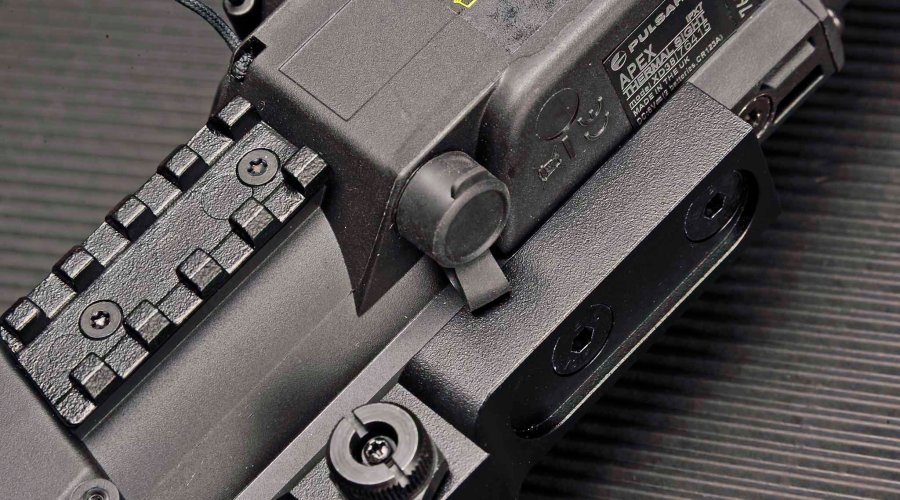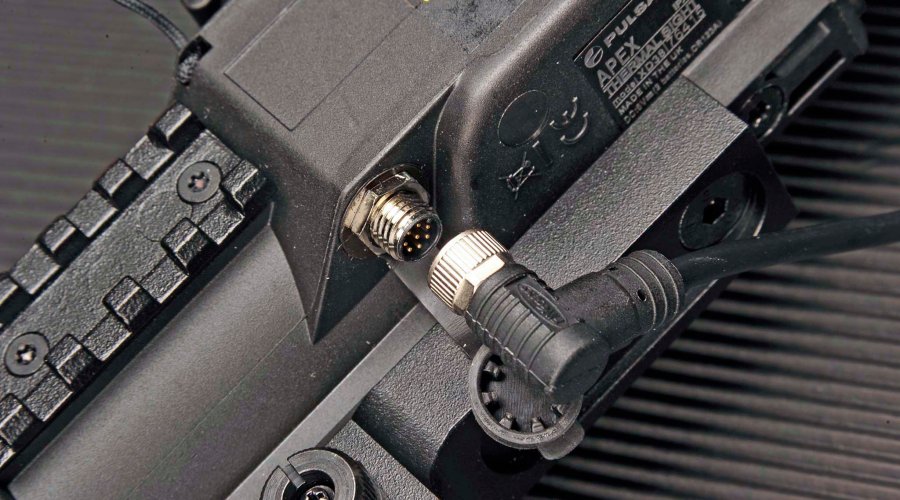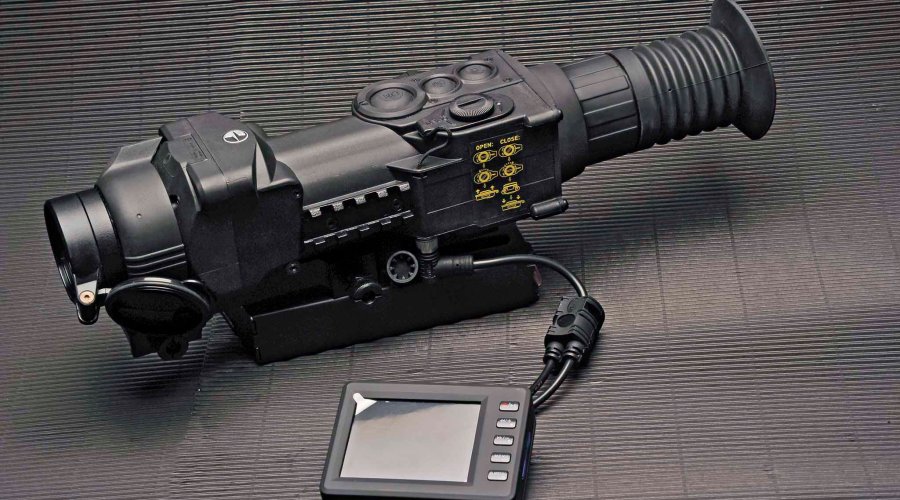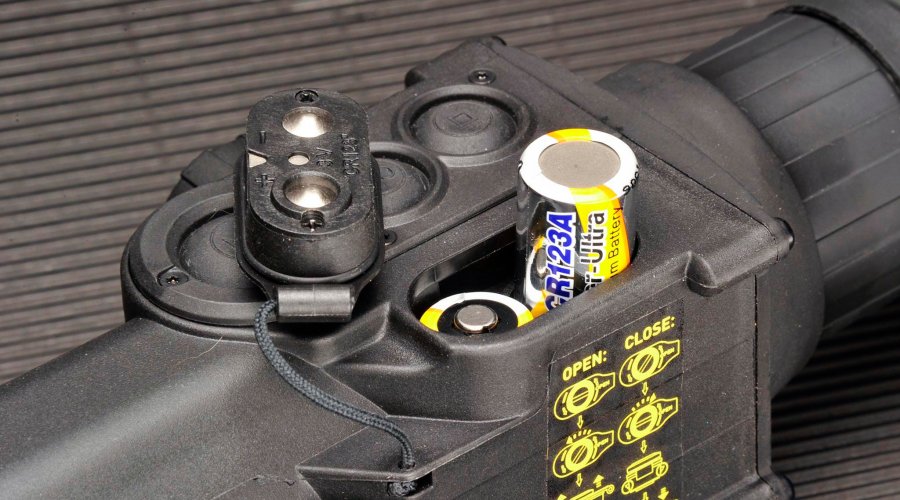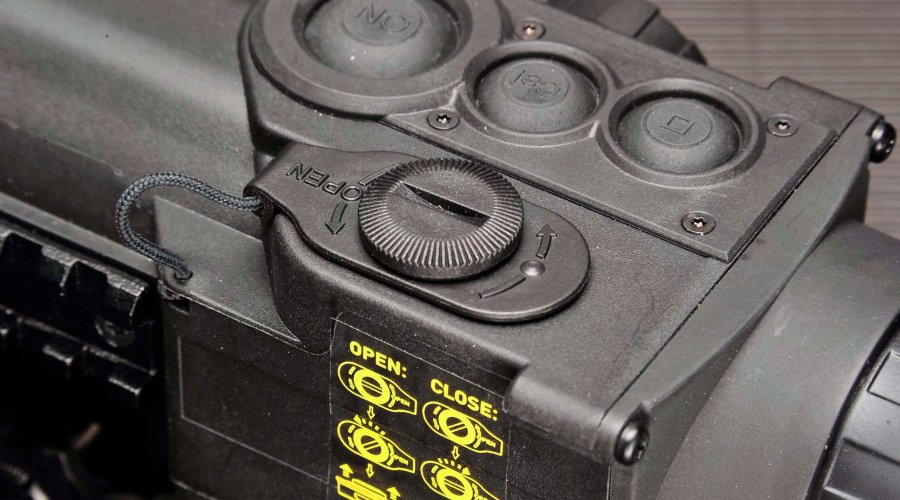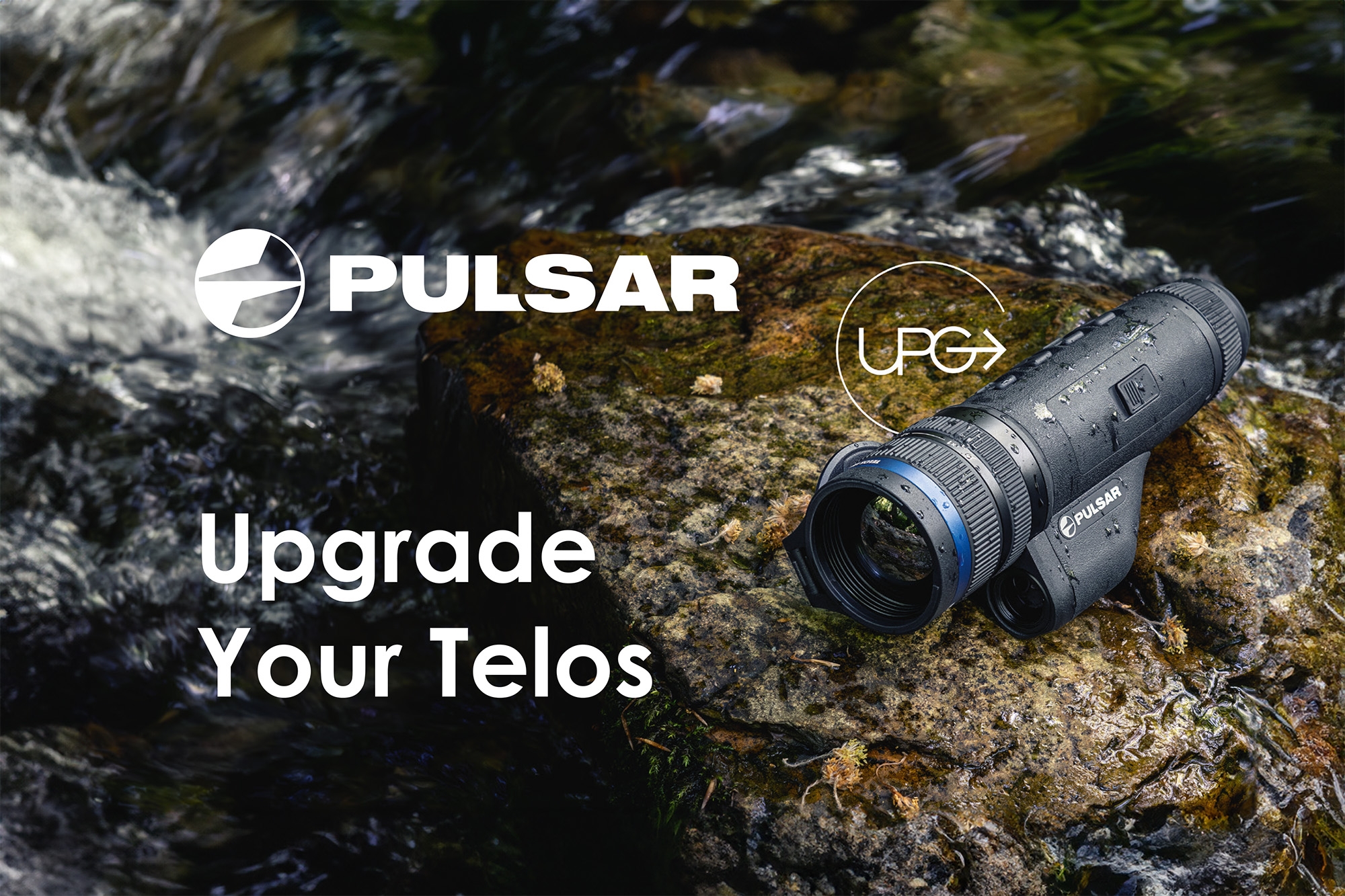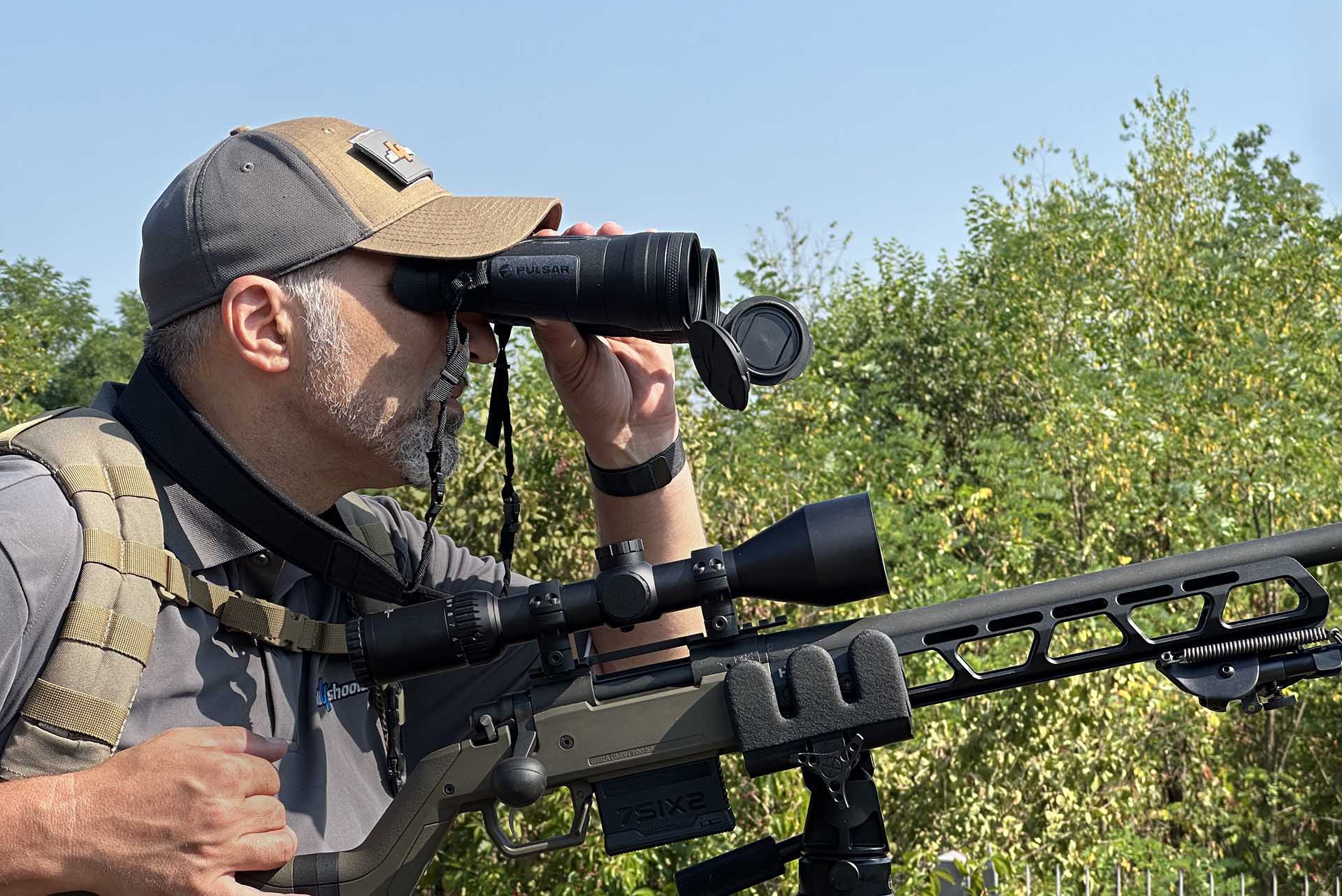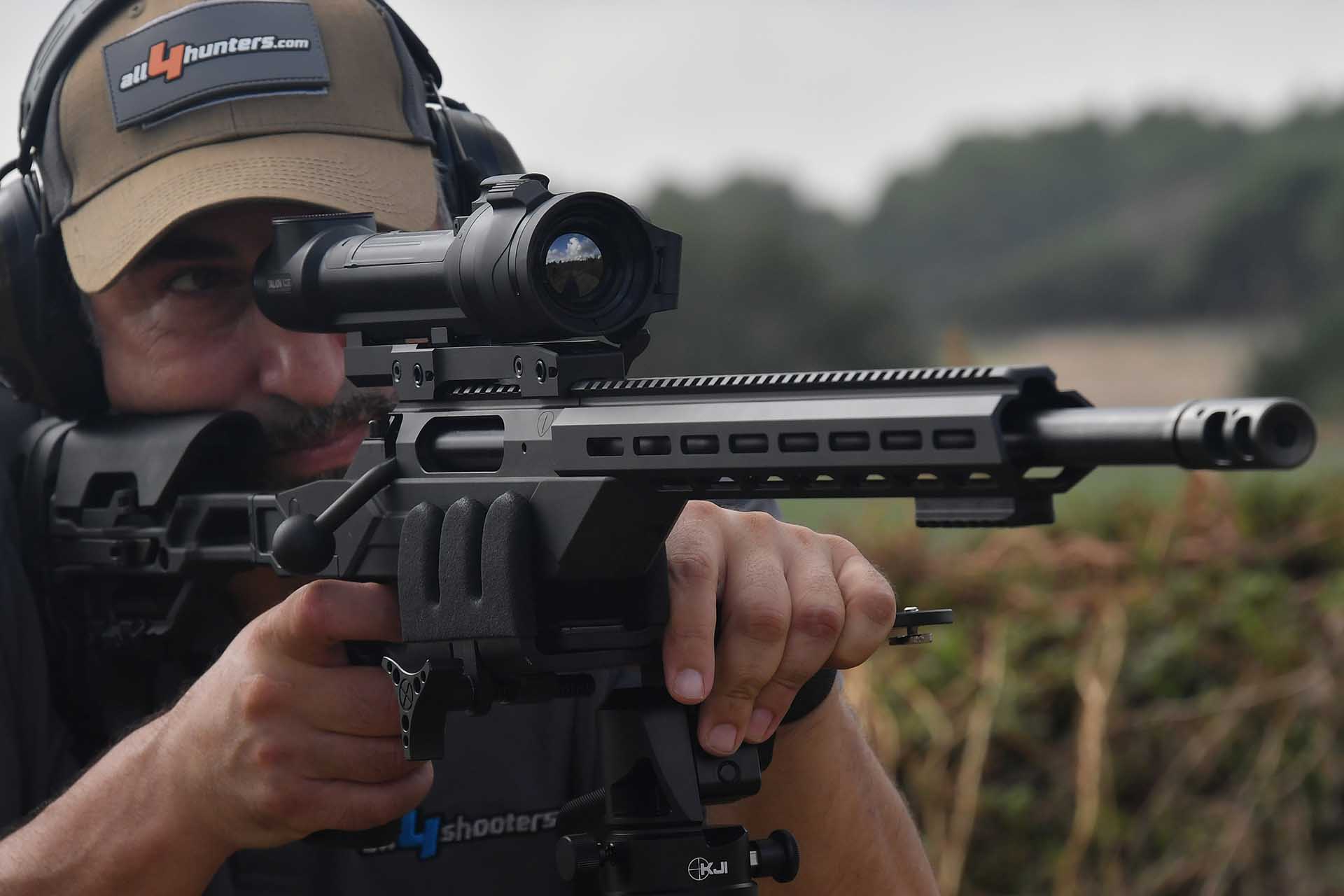Only until just a few years ago, thermal imaging aiming devices - regarded by hunters and shooters alike as one of the most sought after accessories - were limited to military Special Forces units due to their astronomical cost.
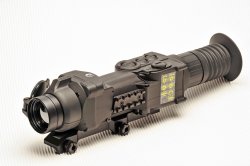
Over the course of just 10 years, thermal sensor technology (specifically microbolometers) has made enormous progress, as a consequence prices have fallen drastically while performance has gradually improved.
The cautious arrival on the civilian market of the first basic thermal imaging devices for leisure and non-specialised use (meaning not built for the medical, fire-fighting or civil engineering fields) at affordable prices - although we are still talking about thousands of euros - paved the way for the following introduction of thermal riflescopes.
Today, we can find a discrete range of thermal products offered in premium gunshops, ranging from a handful of professional optics offering state-of-the-art quality and performance (at prohibitive prices), to a series of hunting riflescopes and, to a lesser extent, riflescopes for target shooting, which slightly compromise performance in order to achieve a more affordable price tag.
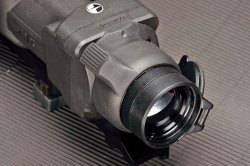
Pulsar's Apex series of thermal imaging riflescopes stand out among these new devices.
The Apex riflescope range includes three versions: the XD38, XD50 and XD75, each numbered according to their respective magnification and lens diameter (1.5x38 mm, 2x50 mm and 3x75 mm, respectively).
The basic features of all three models, including resolution, IR sensor performance, OLED microdisplay, basic mechanics of the body, mounts , power, electronics, and even the software, are all identical.
Pulsar was kind enough to send us a sample Apex XD38 riflescope to test.
We also advise you read our review of Pulsar's Quantum HD38S thermal imaging riflescope, as the thermal 'core' (sensor, electronics and image-processing software), as well as the bulk of that riflescope's functions description, also apply to the Apex scope being tested here.
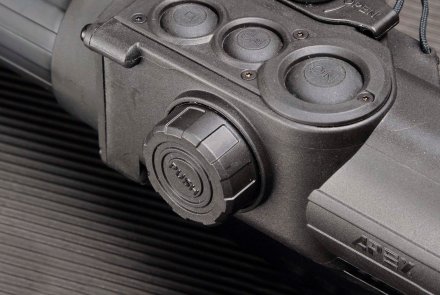
A key feature shared by all Apex XD riflescopes is the high refresh rate (50 Hz, or 50 fps in video terms) of the sensor and OLED microdisplay, which shows the images through the eyepiece. At this frequency, moving images are perfectly smooth without any "tail" or blur that could degrade the image at the vital moment (i.e. when tracking a running boar through the trees).
Unlike thermal imaging cameras that are designed for observational purposes only, the refresh rate value for riflescopes is absolutely vital, and the 9 hz offered by most American products are barely adequate for static or slow-moving targets.
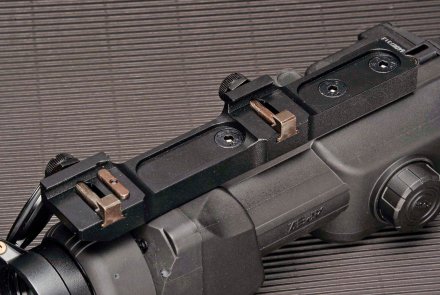
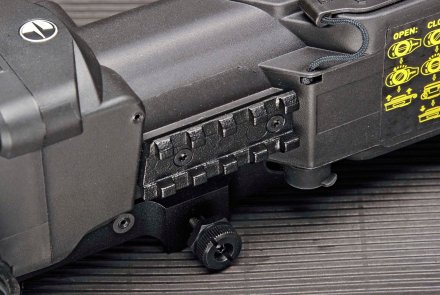
The Pulsar Apex XD38 is made entirely of polymer reinforced fibreglass with a germanium lens protected by a waterproof and splash-proof lens cap (IPX7 rating - it can be immersed momentarily in water).
The Pulsar Apex XD38 has much in common with the Pulsar Digisight digital riflescope with CCD reviewed by all4shooters - except for the obvious differences mentioned in the text of the article, and the same optional accessories can be used, including the external battery and video recorder.
Pulsar has always used IR sensors supplied by French manufacturer ULIS, and the Apex XD38 riflescope is no exception, with a 384 x 288-pixel resistive amorphous silicon microbolometer with a 25 μm pixel pitch. The images are shown on a black and white 640 x 480-pixel OLED display viewed through a wide eyepiece offering 67 mm eye relief, a 6 mm exit pupil and - 4 to + 3 dioptre adjustment.
The display's ‘status bar’ shows various operating parameters (weapon selected, battery charge, current magnification, active options, etc.).
The system used to zero-in the sight is entirely digital, operated using a virtual reticle shown on the display similar to the Digisight system, with which it shares other interesting options, such as the ability to sight the riflescope with a single shot.
We suggest the use of standard chemical mixing hand warmers positioned in the bulls eye of the target to zero the riflescope.
There are 200 available clicks (+100 and -100) to adjust elevation and windage. Each click is equal to 40 mm at 100 m, allowing total H/V adjustment of around 8 metres at 100 m.
The riflescope offers 1.5x native magnification, which can be digitally doubled to 3x at half the resolution, while the reticle remains constant. As with the HD38 thermal imaging riflescope, this function proves extremely useful for precise focus adjustment.
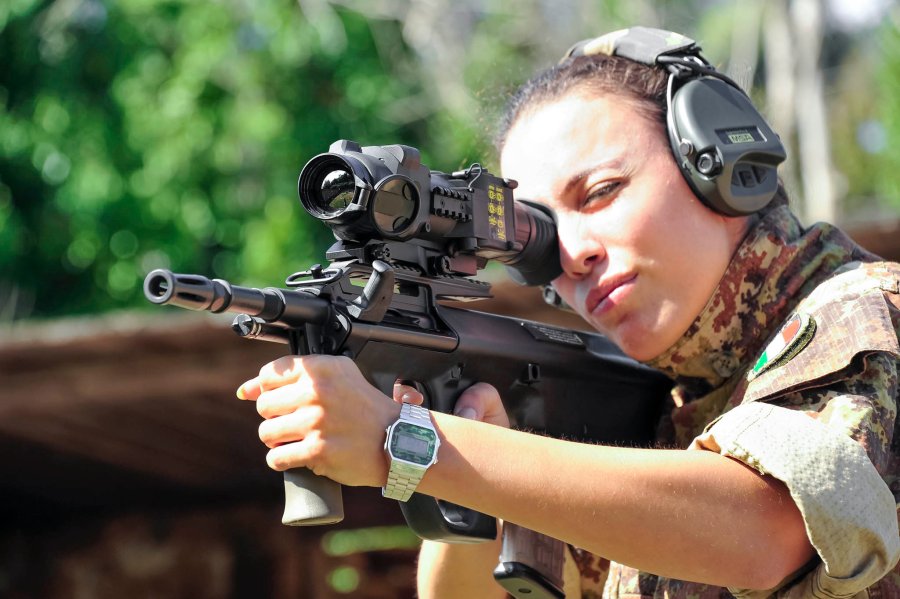
We mounted the Pulsar Apex XD38 thermal imaging riflescope on a semiautomatic Benelli Argo E-Pro .30-06 Springfield hunting rifle and on a Steyr AUG .223 Remington semi-automatic rifle.
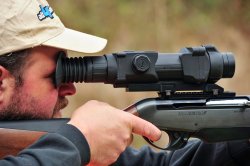
While some shooters using the Argo hunting riflescope may benefit from an adjustable cheek piece to adjust their head position, the height of the Apex XD38 on the AUG is just about perfect, just 15 mm higher than the stock Steyr 1.5x riflescope.
Anyone who has ever tried a thermal imaging riflescope knows how the heat signatures emitted by objects and animals differ from our daily perception. The experience of viewing the world through a thermal imaging sight is both exciting as well as a little confusing.

Using a thermal imaging rifescope for the first time can be anticlimaxing as heat signatures can be seen not just from animals, but also from inanimate objects, such as from rocks that have been warmed by the sun throughout the day. It therefore becomes an art form to discriminate between objects and game based on their profiles and movement.
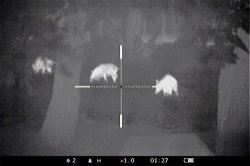
It may also be difficult to distinguish prey from its surroundings in the mountains or in the brush.
Having focussed on its limitations, which are true of any thermal imaging riflescope, it is time to look at the positives. Firstly, by its very nature, a thermal imaging riflescope is not a night vision device per say and can be used in daylight as well as in darkness. The riflescope cuts through the dawn mist, offering crystal-clear thermal visibility. In fact, the riflescope is at its most effective at dawn and in the preceding hours thanks to the greater heat contrast between animals and their surroundings, which have fully cooled overnight, unlike in the evening and the first hours of darkness when the surroundings maintain the heat absorbed from the day. This principle remains true regardless of the season.

Camouflage and colours have no part to play; a completely stationery roe deer, practically invisible in the thick undergrowth, is lit up like a beacon. Each individual member of a boar family concealed in the brush can be clearly distinguished, even if only one is on the move, which would normally be the only one to catch our attention.
The riflescope's ergonomics are quite impressive, with our only criticism being the stiffness of the focus adjustment knob. The rest of the buttons are conveniently located, and the addition of the remote control means that all the main features of the riflescope can be adjusted without having to move your hands (by attaching the remote control to the gun's stock, for example).
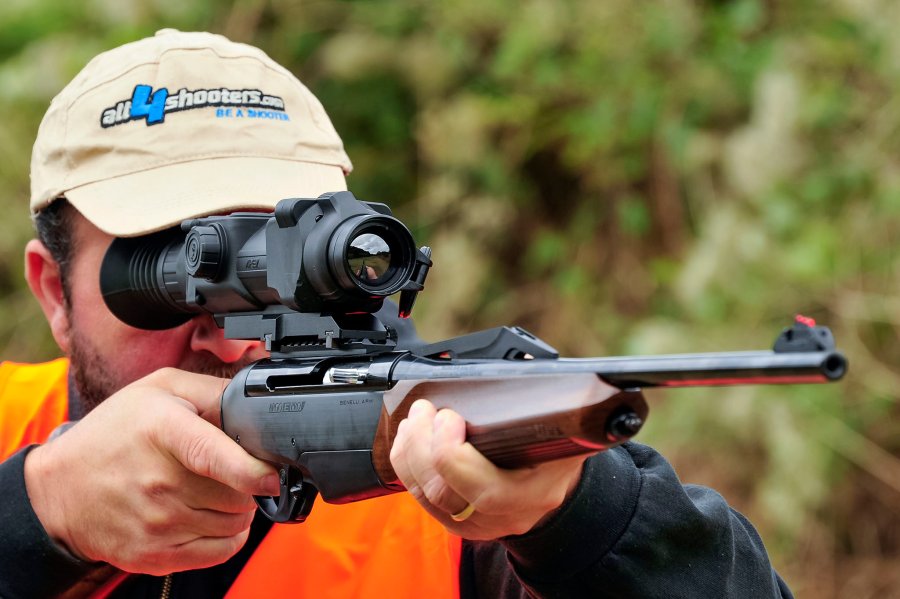
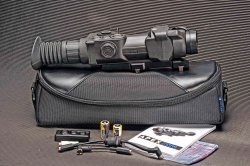
The Apex riflescope offers excellent performance. As with the Quantum HD38S that we tested, the maximum distance at which the riflescope can be used in real life conditions is limited to around 400 metres. However, it is important to remember that the riflescope's actual magnification is just 1.5x (3x with the digital zoom), making the Apex XD38 ideal for use on driven hunts or for shots within a range of 150 metres.
We conclude our review on a distinctly positive note: despite the rather hefty price tag at around 4,000 euros, the Pulsar XD38 thermal imaging riflescope opens the door to a world that has until now been closed to the hunter, with the potential to radically change the hunter's habits and lifestyle.



